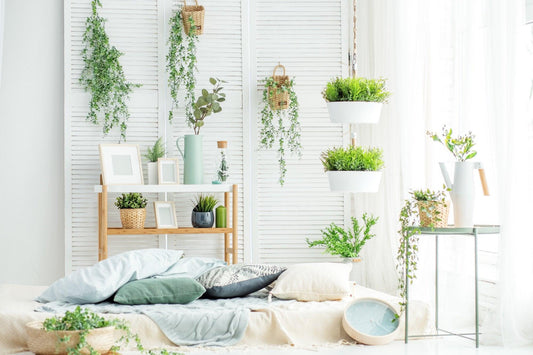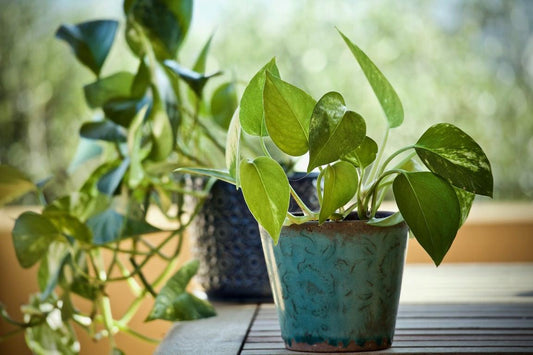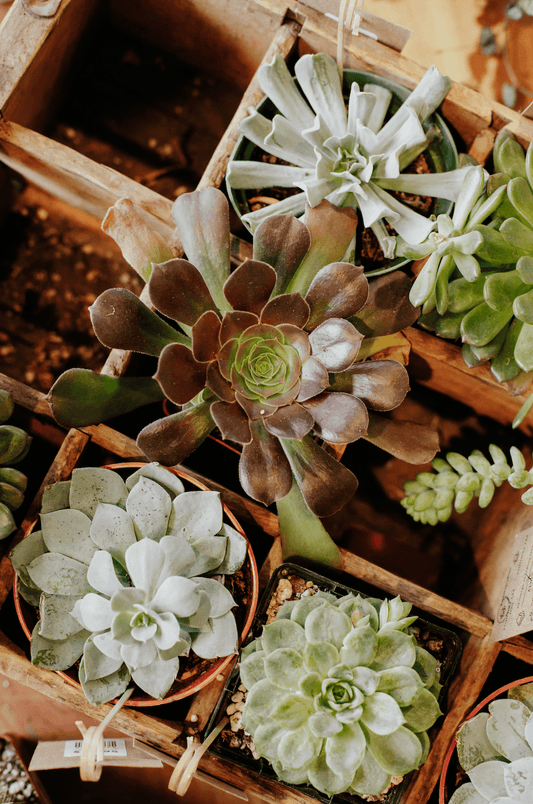Selaginella
How to Care for the Selaginella
Overview
While not much of a star in the looks department—it may even look dead at first sight—thanks to its tumbleweed-like appearance, the Selaginella or Resurrection Plant has a bit of a reputation as a novelty plant due to its unique qualities. Native to harsh habitats, this plant grows in the Chihuahuan Desert just along the border between the United States and Mexico. During dry seasons it curls up into a ball and turns brown. When exposed to water, it unfurls and becomes lush again.
Selaginellas require very little water, surviving up to seven years without watering by drying up and entering a dormant stage. How and why exactly it does what it does without damaging its cells remains a major point of interest to plant experts.


Profile
It can be sold in its in its dormant state, and will retain this “dead” appearance until placed upside town in a small bowl of water. After around 30 minutes, turn it over and place in a well-lit location, where it should come to life in roughly 24 hours. Leaving your Selaginella be and letting it dry out will have it default to its dry appearance.
This plant is best propagated via the division method. Take cutting during a period of active growth, place on top of loose soil, and water. They do not require pruning, but you are free to cut off any dead ends that do not rehydrate. It may also be toxic to animals, so best be careful.




Low light
Selaginellas require very little to stay alive. They can easily last for a decade if cared for properly, making them ideal indoor plants. They thrive in bright, indirect light, but may suffer in scorching, direct heat, especially if they’ve grown accustomed to living indoors. As they grow in both soil and water, you can keep your plant happy in either habitat. They will, however, rot when kept in water too long, so allot at least a day a week to dry it out. They’re sensitive to water quality as well; use only filtered water, rainwater, or tap water left out overnight. Should you wish to grow your Selaginella as a potted plant, use a well-draining potting mix as your medium.

Occasional
These desert plants do not do well in extreme temperatures. Anything lower than 65 degrees and higher than 85 degrees Fahrenheit may harm your Selaginella. Avoid placing them in drafty areas such as vents or open windows as well. Should you wish to store your plant—yes, this is an option—dry it out completely and place in a paper bag or cardboard box. Keep it in a cool, dark place like a closet until you’re ready to bring it out again.

Easy breezy

Pet Friendly
FREQUENTLY ASKED QUESTIONS (FAQs)
on Selaginella
How often should I change the water of my Selaginella?
You do not have to change the water of your selaginella, but they look best if you do not allw
At what point should I take my Selaginella out of the water?
Every 4 to 7 days. This is to avoid mold and rot. In addition, let it dry out completely once a month.
Why is my Selaginella still brown after I put it in water?
You may be in possession of an actual dead plant, which happens when they are carelessly picked or stored prior to selling.




